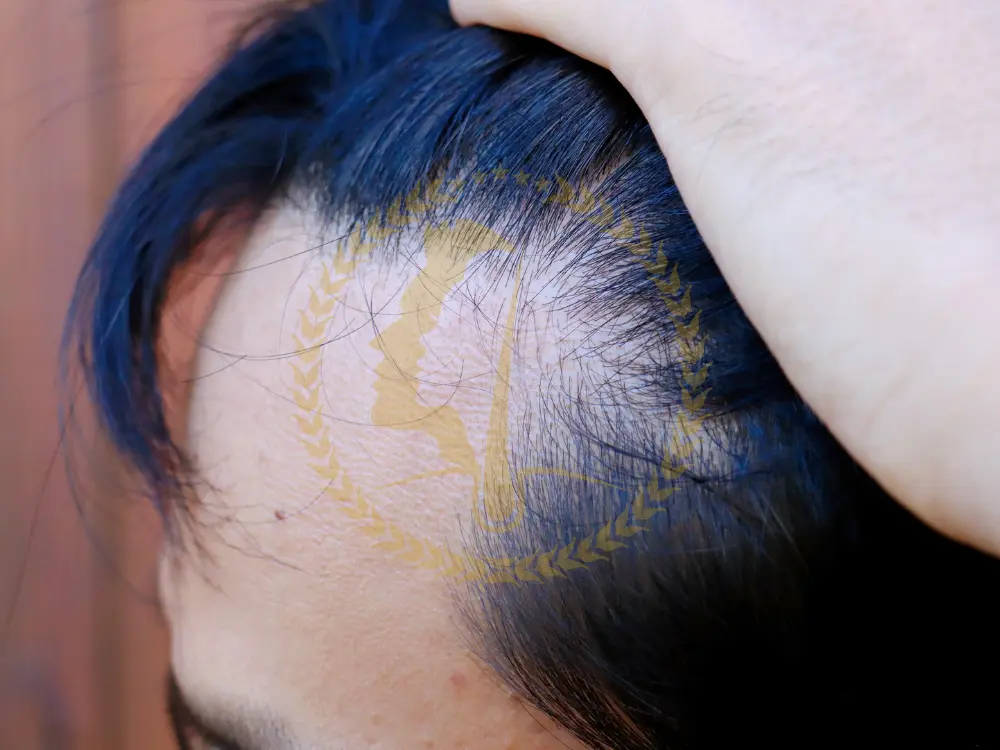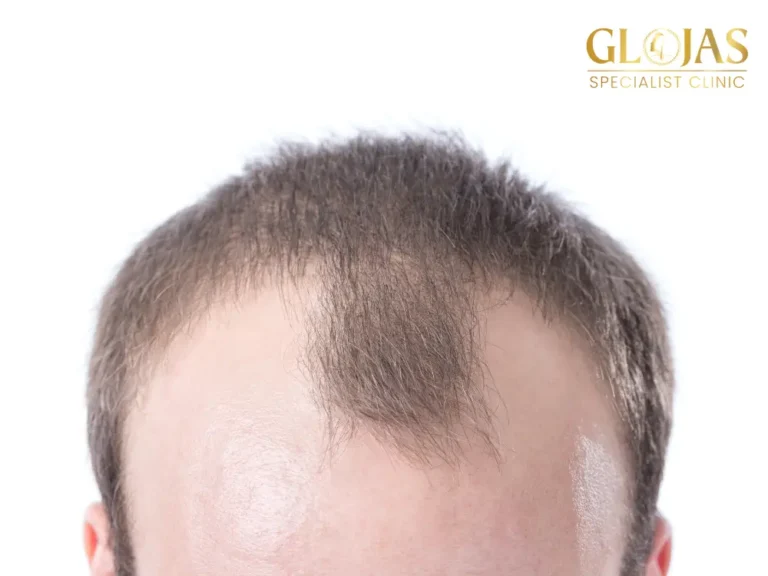Hairline transplant procedures have gained significant popularity in recent years, offering a life-changing solution to individuals struggling with hair loss. If you’re considering this procedure, it’s essential to understand how it works, its benefits, and what to expect during and after the surgery. In this article, we’ll delve into the intricacies of a hairline transplant, explore its advantages, and answer some of the most common questions to help you make an informed decision.
Understanding Hairline Transplant: What It Is and How It Works
A hairline transplant is a surgical procedure designed to restore hair to areas of the scalp where hairline thinning or balding has occurred. This process typically involves harvesting hair follicles from a donor site—usually the back or sides of the head—where hair is more resistant to balding, and transplanting them to the hairline area.
How Is Hairline Transplant Performed?
The procedure is generally performed under local anesthesia and can be completed in a few hours, depending on the extent of the hair loss and the number of grafts required. There are two main methods used for hairline transplantation:
- Follicular Unit Transplantation (FUT): In this method, a strip of scalp containing healthy hair follicles is removed from the donor area and dissected into individual follicular units, which are then transplanted to the balding area.
- Follicular Unit Extraction (FUE): This method involves extracting individual hair follicles directly from the donor area and transplanting them into the recipient area. FUE is less invasive and leaves minimal scarring compared to FUT.

Benefits of Hairline Transplant: Why It’s Worth Considering
Hairline transplants offer several significant benefits that can positively impact both your appearance and self-esteem. Here are seven key benefits of opting for a hairline transplant:
1. Natural-Looking Results
One of the most compelling reasons to consider a hairline transplant is the natural-looking results it provides. Skilled surgeons meticulously place each hair follicle to mimic the natural growth pattern of your hair, ensuring a seamless and undetectable hairline.
2. Permanent Solution to Hair Loss
Unlike temporary solutions such as wigs or hairpieces, a hairline transplant offers a permanent solution to hair loss. The transplanted hair follicles are resistant to the effects of DHT (dihydrotestosterone), the hormone responsible for hair loss, which means that the results of the transplant will last a lifetime.
3. Boost in Self-Confidence
Hair loss can significantly impact self-esteem and confidence. A successful hairline transplant can restore a more youthful appearance, leading to improved self-confidence and a better quality of life. The psychological benefits of feeling good about your appearance should not be underestimated.
4. Low Maintenance
Once the transplanted hair follicles have settled and begun to grow, they require no special maintenance beyond your usual hair care routine. This low-maintenance aspect is one of the many reasons why hairline transplants are a popular choice among those seeking a long-term solution to hair loss.
5. Cost-Effective in the Long Run
While the initial cost of a hairline transplant may seem high, it is a cost-effective solution in the long term. Unlike temporary treatments that require ongoing purchases, such as hair growth serums or wigs, a hairline transplant is a one-time investment that provides permanent results, saving you money over time.
6. Minimal Downtime and Recovery
Advancements in hair transplant techniques, particularly with the FUE method, have resulted in minimal downtime and a faster recovery process. Most patients can return to their normal activities within a few days, making it a convenient option for those with busy lifestyles.
7. Improved Hair Density and Volume
Hairline transplants not only restore your hairline but also improve the overall density and volume of your hair. This leads to a fuller and more youthful appearance, enhancing your overall look and boosting your confidence.

What to Expect During the Recovery Process
After undergoing a hairline transplant, it’s essential to understand the recovery process to ensure optimal results. While recovery times can vary, here’s a general overview of what to expect:
Immediate Post-Procedure Care
In the first few days following the surgery, you may experience some swelling and redness around the transplant area. This is normal and typically subsides within a week. Your surgeon will provide specific aftercare instructions, including how to clean the scalp and avoid activities that might disturb the grafts.
Hair Shedding and New Growth
It’s common for the transplanted hair to shed within the first few weeks after the procedure. This is a normal part of the healing process, as the new hair follicles enter a resting phase before beginning to grow new hair. Full results from a hairline transplant typically take six to twelve months to become visible, as the new hair grows and thickens over time.
Long-Term Maintenance
Once the new hair has fully grown in, it will behave just like the rest of your hair. Regular washing, cutting, and styling can be resumed, and no special treatments are required. The transplanted hair will continue to grow naturally for a lifetime, providing a permanent solution to hairline recession.

FAQs About Hairline Transplant
1. Is a hairline transplant suitable for everyone?
Not everyone is an ideal candidate for a hairline transplant. The best candidates are those with sufficient donor hair and good overall health. A consultation with a qualified surgeon is essential to determine your suitability for the procedure.
2. How painful is the hairline transplant procedure?
Most patients report minimal pain during a hairline transplant, as the procedure is performed under local anesthesia. Some discomfort may be experienced during the recovery period, but this can usually be managed with prescribed pain medication.
3. Are there any risks or side effects associated with hairline transplants?
As with any surgical procedure, there are risks associated with hairline transplants, including infection, scarring, and unnatural-looking results if not performed by a skilled surgeon. However, these risks are minimized when the procedure is carried out by an experienced professional.
4. How long does it take to see the final results of a hairline transplant?
Full results from a hairline transplant are typically visible within six to twelve months after the procedure. This allows time for the transplanted hair to shed, regrow, and thicken.
5. Can a hairline transplant be combined with other hair restoration treatments?
Yes, a hairline transplant can be combined with other treatments such as PRP (Platelet-Rich Plasma) therapy or hair growth medications to enhance the overall results and promote healthy hair growth.
6. How much does a hairline transplant cost?
The cost of a hairline transplant varies depending on the extent of the procedure, the surgeon’s expertise, and the geographic location. On average, it can range from $4,000 to $15,000.
